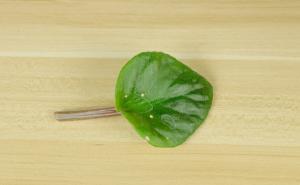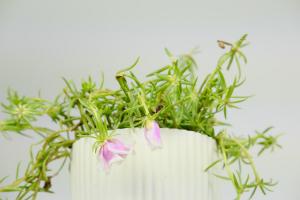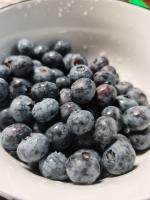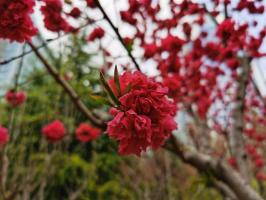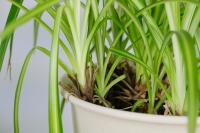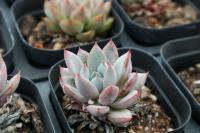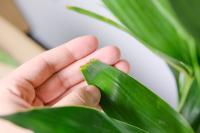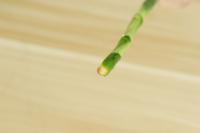1、 What about insects
1. Disinfestation: after finding that plum blossom bonsai is infested, the first thing to do is disinfestation. There are different treatment methods for different pests. For example, aphids need to be sprayed with imidacloprid solution, scale insects need to be eliminated with fenitrothion, and starscreams need to be controlled with baileba
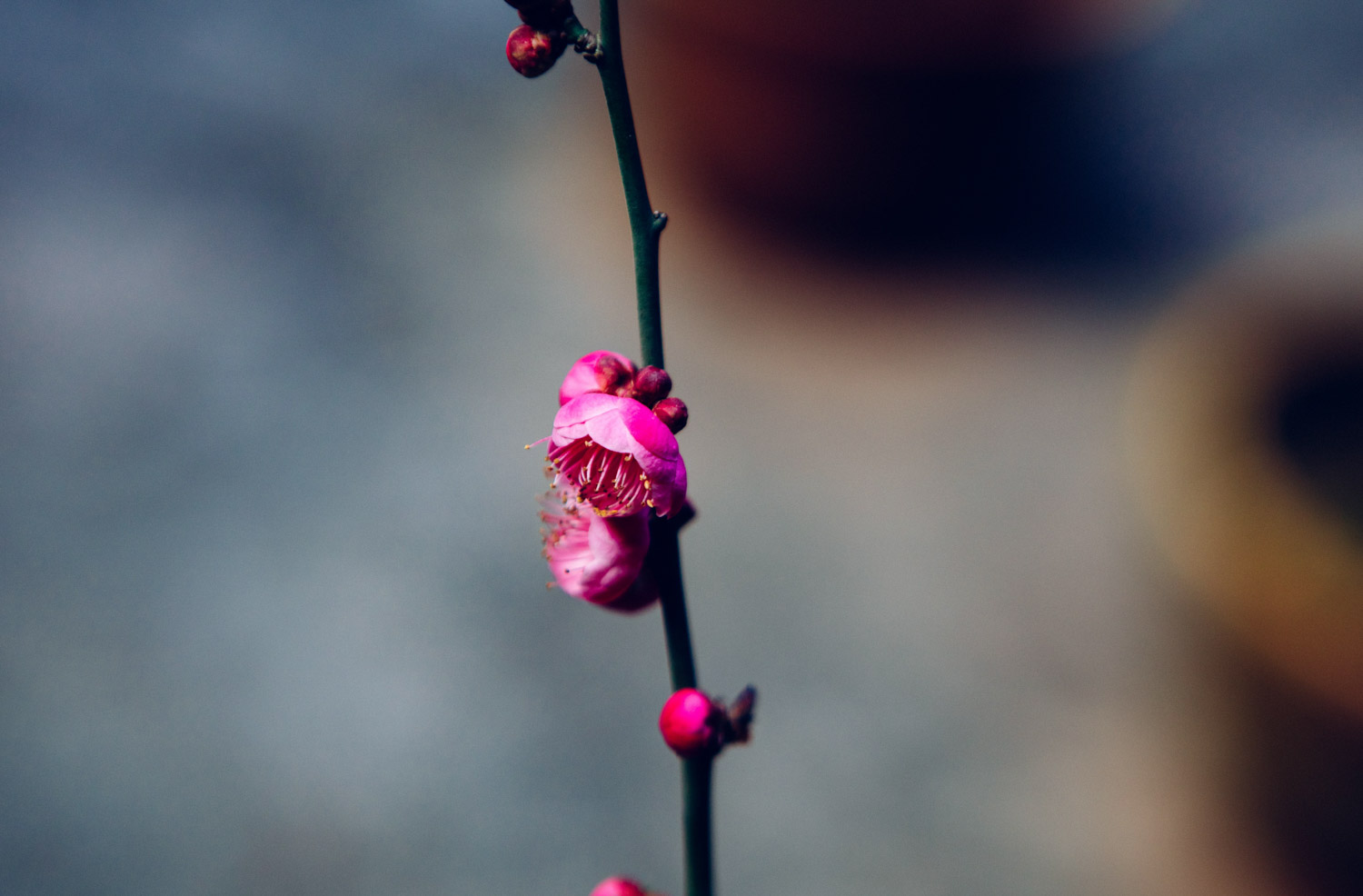
2. Changing soil: killing insects with pesticides is only the first step, which only eliminates the surface pests, but there are some insect eggs left in the soil, which will harm the plants after they hatch, so we need to change the soil in time. After changing the soil, the insect eggs will be removed by us
3. Prevention: after the completion of pest control, in order to avoid further infestation by pests in the future, it is necessary to do a good job of prevention. The first is to pay attention to ventilation. The environment with poor air circulation is more likely to attract pests. Secondly, appropriate fertilization should be applied, which can increase the resistance to diseases and pests. Finally, check regularly to see if there are no pests
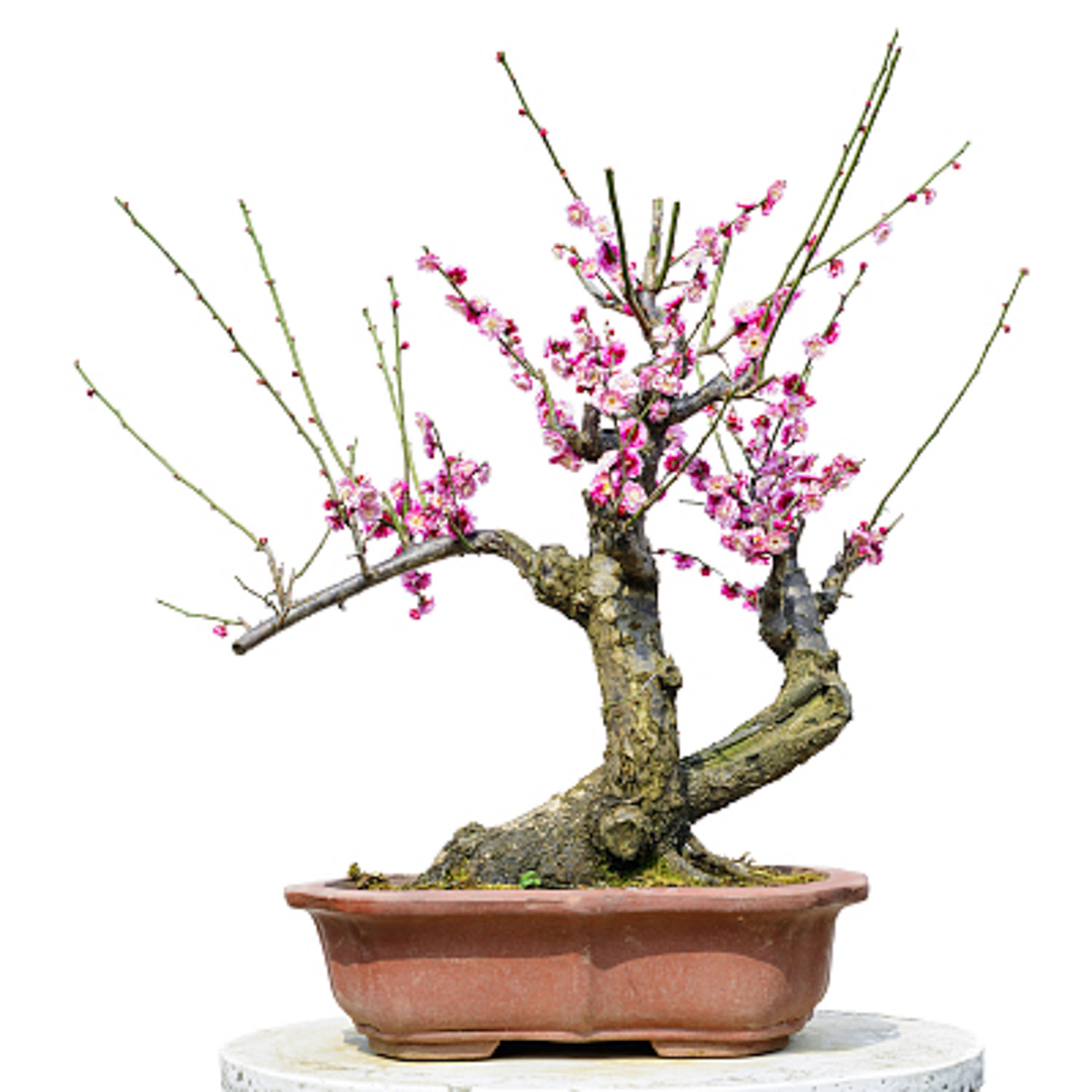
2、 Common pests
1. Peach powder aphid: this pest mainly endangers the tender shoots of plum blossom and absorbs the juice of the plant, resulting in yellow leaves, thin and soft stems and branches, affecting its growth. It needs to be sprayed with 10% imidacloprid solution
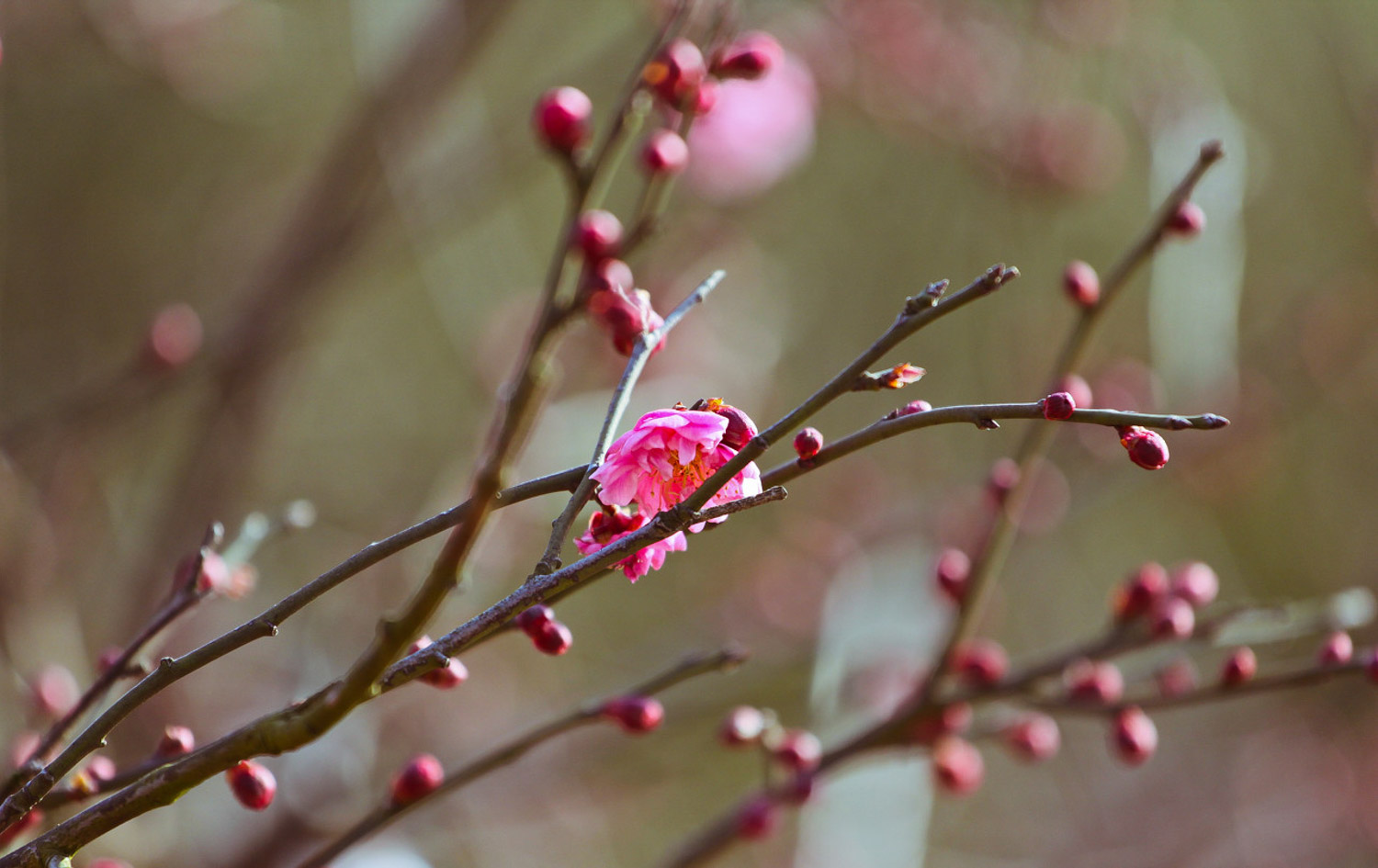
2. Scale insects: many kinds of scale insects may be harmful to plum blossom. Because of its waxy shell, the effect of spraying medicine on adults is not good. Generally, it is necessary to prevent pests when they hatch in May. Spray them with 50% fenitrothion or 50% malathion solution
3. Starscream: one of the more common sea word Reds. Its adults will cause harm on the back of the leaves, causing them to turn yellow and fall leaves. Generally, it is eliminated with 25% biloba solution or 20% miesweep solution
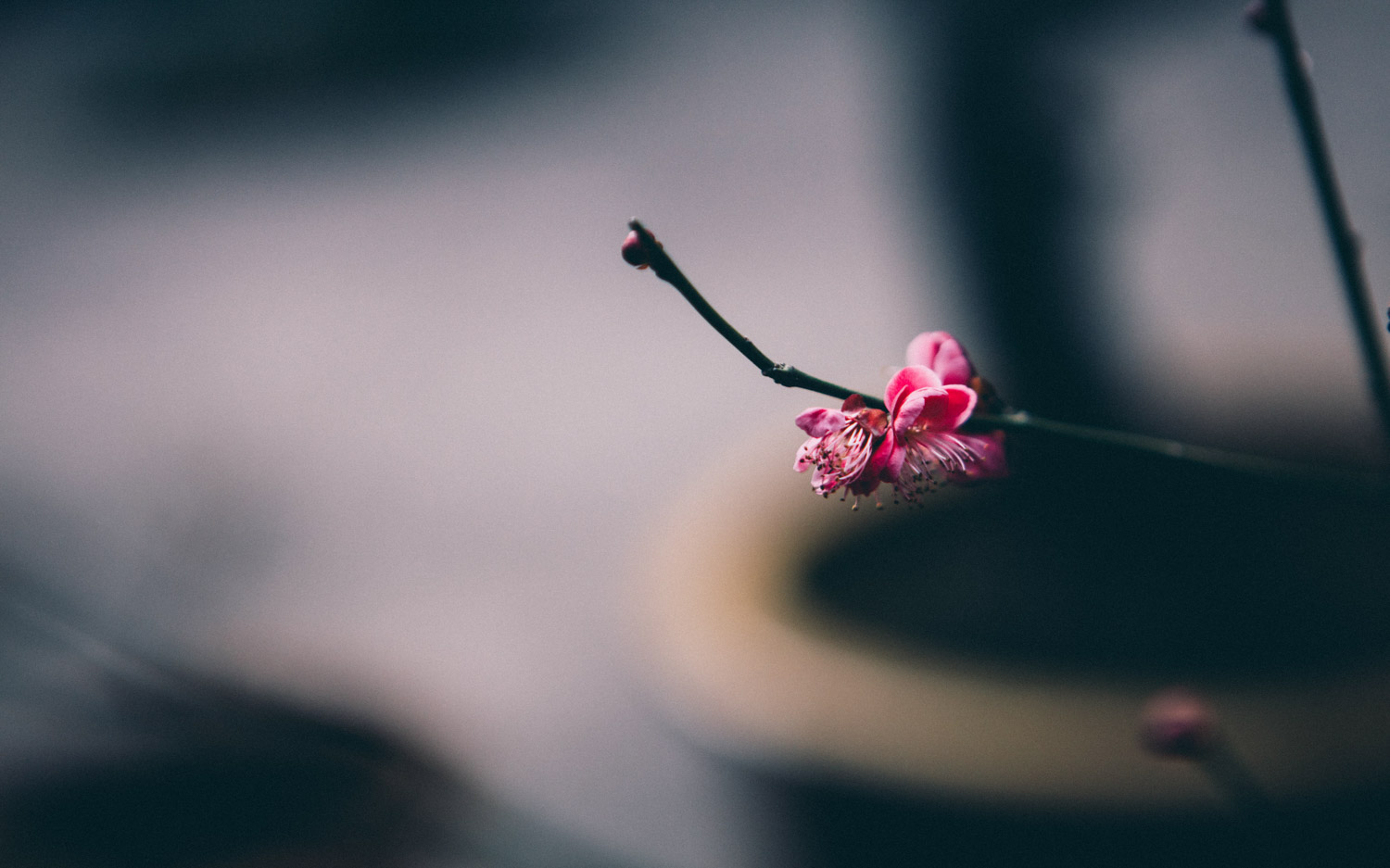
4. Thorn moth: thorn moth is also one of the common pests. Its larvae will eat plum leaves and affect plant flowering. Generally, in autumn and winter, we need to eliminate the winter eggs, and we need to trap them with lights in the adult stage

 How to quickly remov...
How to quickly remov... What is xiaoheifei? ...
What is xiaoheifei? ... Effective methods of...
Effective methods of...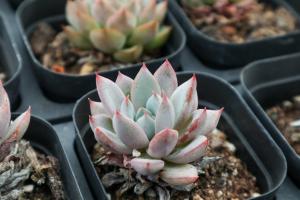 How to eliminate the...
How to eliminate the... What if there are an...
What if there are an...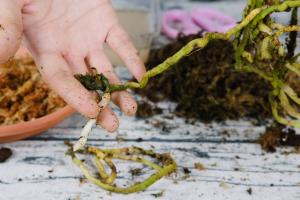 What's the use of bu...
What's the use of bu...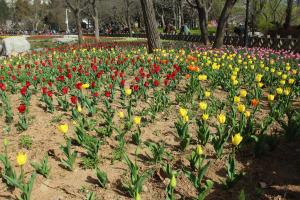 Do tulips have insec...
Do tulips have insec...